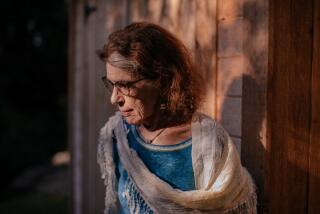NONFICTION - Aug. 14, 1994
DAISY BATES IN THE DESERT: A Womanâs Life Among the Aborgines by Julia Blackburn. (Pantheon: $22; 231 pp.) âDaisy Bates was a liar,â writes Julia Blackburn. âOf that I am sure.â Itâs good of her to tell us up front this way, and really, it hardly matters, except that the rare facts of Daisyâs life serve a prismatic, refractory function that yields the most gorgeous patterns of light and shadow. She was born in 1863 (âor 1861â) in Ireland. Both parents died shortly after she was born. After this her childhood is completely self-invented to include Queen Victoria and much scandal and elegance, all of which became the woman (only five foot two but everyone remembers her much taller) who went to the desert in Australia to live with the cannibals and become Kabbarli, âthe white-skinned grandmother.â Her first year there she married Breaker Morant, who was imprisoned a month after the wedding for stealing. She then married Jack Bates, who was accused of murder in the Boer War and shot in front of a firing squad. With Jack Bates she had a son, Arnold, who she left at the age of 8 for five years in a boarding school while she traveled back to England. She never returned to motherhood per se, but she faced her guilt and sporadic longing for her son head on, standing firm by her decision to abandon him, even when, as an adult, he came to visit her camp and she would not let him enter her tent because he was a man. Blackburnâs writing is pure and lovely, and the way she melts into Daisy Bates reminds me of an exhibit in the Exploratorium, a science museum in San Francisco in which two people sit on either side of a screen and are able, with various knobs and buttons, to merge their two faces. âI have never much tried to tell people about my thoughts,â she writes, âitâs quieter if I simply join them in theirs.â At one point, Daisy tells the story of an aborigine who lovingly pieces together the sun-dried skeleton of her dead child. What Blackburn does for Daisy Bates is a little bit like that.
More to Read
Sign up for our Book Club newsletter
Get the latest news, events and more from the Los Angeles Times Book Club, and help us get L.A. reading and talking.
You may occasionally receive promotional content from the Los Angeles Times.







